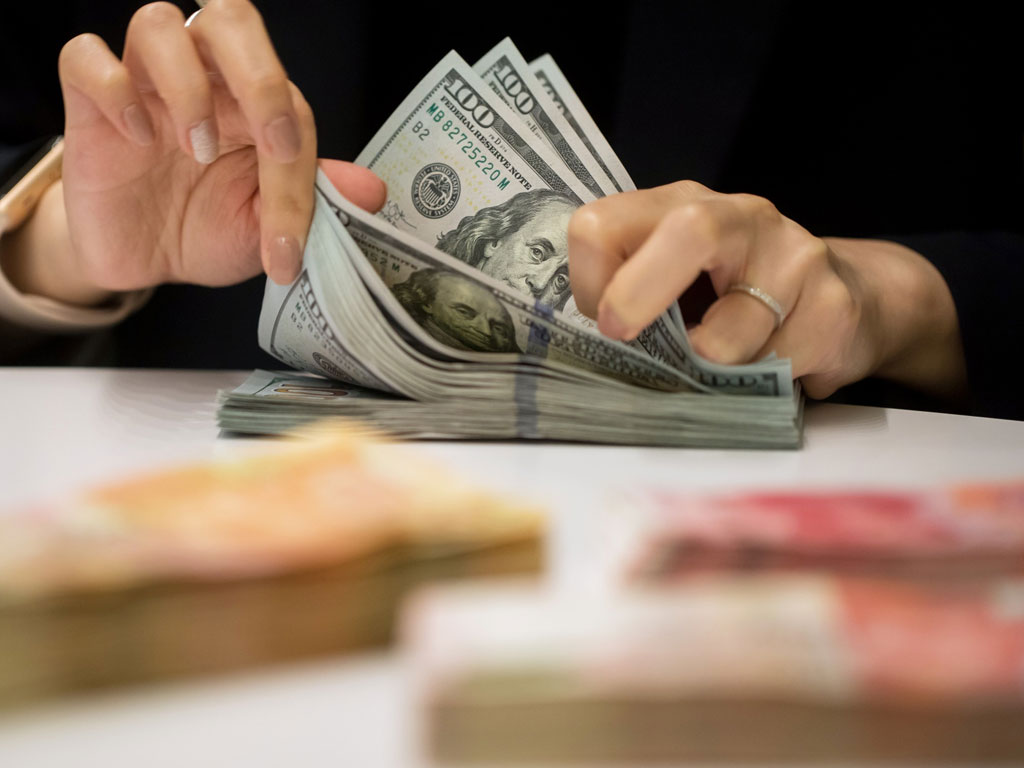
It is a matter of satisfaction that current account (C/A) deficit of the country which had dropped from dollar 18.13 billion in FY18 to dollar 12.76 billion or around 30 percent continues to fall further during the current year. According to the latest data released by the State Bank, C/A deficit shrank by dollar 106 million year-on-year to dollar 614 million in August, 2019 as compared to dollar 720 million in the corresponding month of last year. As this deficit was higher at dollar 678 million a month earlier, Pakistan's C/A deficit stood at dollar 1.29 billion in July-August of FY20 against dollar 2.85 billion in the corresponding months of FY19, depicting a massive decline of dollar 1.56 billion or about 55 percent. Cumulative deficit of goods, services and income sectors amounted to dollar 5.53 billion in the first two months of FY20 compared to dollar 7.52 billion in the same period of last year, showing a decline of dollar 1.99 billion. With 33 percent contraction in imports and some 1.4 percent increase in exports, the country's merchandise account fell sharply by 40 percent to dollar 3.56 billion while services' sector, with dollar 809 million of exports and dollar 1.85 billion of imports, recorded a higher deficit of dollar 1.04 billion in July-August, 2019, up from dollar 803 million in the corresponding period of FY19. Income sector outflows were recorded at dollar 999 million and inflows at dollar 73 million showing a deficit of dollar 926 million during July-August, 2019. Month-on-month basis, C/A deficit came down from dollar 678 million in July, 2019 to dollar 614 million in August, 2019. This reduction in the current account deficit, as is evident from the data, is primarily due to contraction in imports. Any significant increase in exports, despite the over-correction in the exchange rate to propel exports, remains elusive and should be a cause of concern to our economic managers.
Such a substantial improvement in C/A balance is indeed a very welcome development for the economy of the country. If such a trend continues for the rest of the year, the C/A deficit could shrink to dollar 7-8 billion during FY12 which would be a great achievement, considering the level of high deficits in the preceding two years. The lowering of deficit would of course reduce the need to borrow from outside sources, help maintain the existing level of foreign exchange reserves and stabilise the exchange rate of the rupee. In fact, early signs of such an improvement are already there. Foreign exchange reserves of the country have tended to increase in recent weeks and the Pak rupee has gained the lost ground to a certain extent. The highest authorities of the country, including the Prime Minister, had to rush to friendly countries to seek assistance to avoid insolvency but this desperate situation seems to be over now, especially after the successful negotiation of EFF programme with the IMF. Fortunately, improvement in C/A deficit has come on the back of structural reforms like substantial devaluation in the rupee vs. US dollar, restructuring of imports through the imposition of higher tariffs and compression of imports which suggests that the declining trend in C/A deficit may continue in the foreseeable future.
However, as already stated that continuous fall in C/A deficit over the last few months was mainly the result of a sharp decline in imports while other components of the C/A balance have tended to stagnate or failed to make a healthy impact. For instance, exports have gone up only marginally despite a substantial deterioration in the rupee rate and foreign investment has fallen to almost insignificant level compared to the needs of the country or level of foreign investment in comparable economies. Some analysts even believe that the continuous fall in imports could impede economic growth and consequently hurt exports besides fuelling inflationary pressures in the economy. A consistent increase in exports is particularly important to generate a higher level of economic activity and promote employment in the country. A detailed analysis also needs to be done to determine the factors that have contributed to the steep decline in foreign investment and the remedial measures to reverse this trend. The flow of foreign investment in sufficient amounts is crucially important for our country due to a very depressing saving rate in the economy, low level of technology in the manufacturing sector and the need to upgrade the standard of exportable goods and services. At the same time, an effort should also be made to discourage foreign investment in activities and sectors that promote domestic consumption levels and contribute very little to the overall productivity of the economy.
